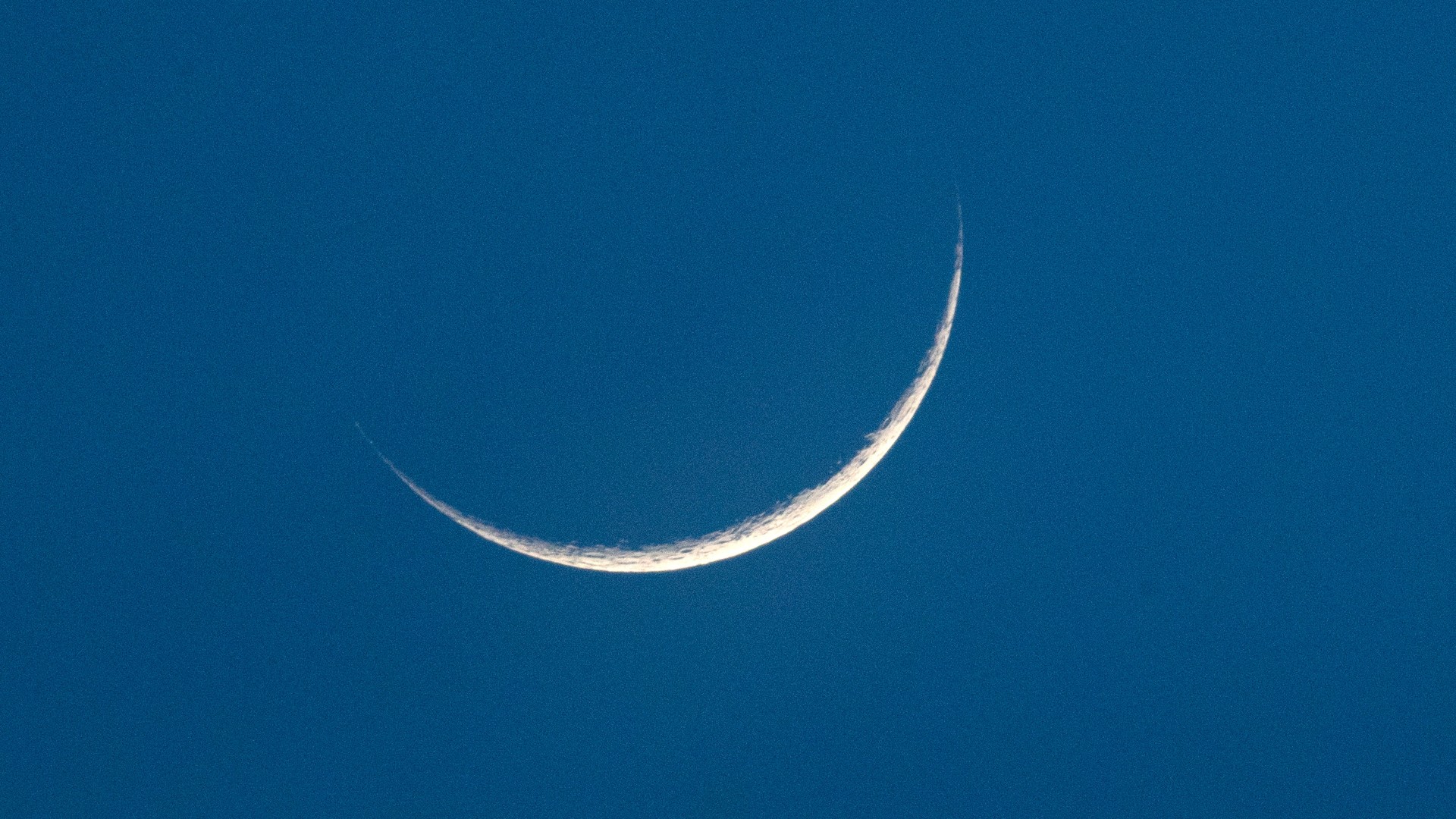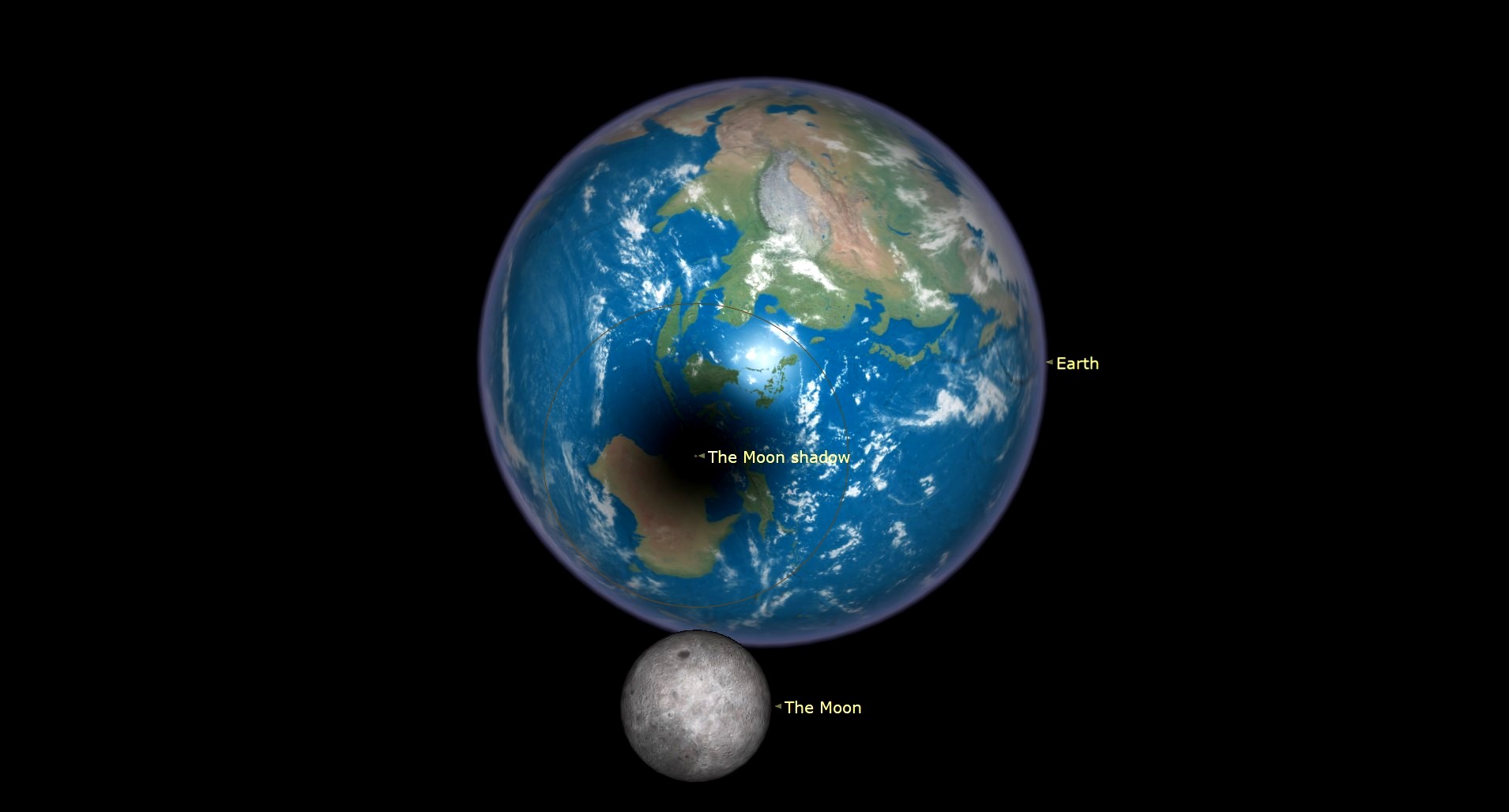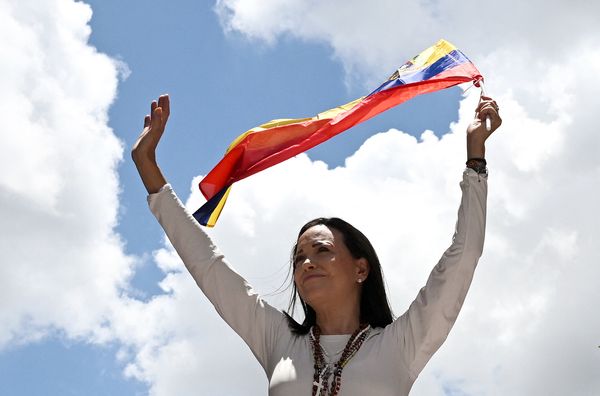
The new moon occurs just after midnight on Thursday (April 20). When the first sliver of moon appears on April 21 or 22 after the new moon, it will mark the end of the holy month of Ramadan for Muslims across the globe, while also signaling the end of a rare type of eclipse.
The new moon phase signifies the point in the 29.5-day-long lunar cycle when the moon passes close to the sun and is swallowed by its light. According to In the Sky, the Earth, the moon, and the sun are aligned in a roughly straight line during the new moon, with the moon in the middle, appearing in front of the sun.
Thus, all of the light from our star is shining on the far side of the moon, meaning the lunar face we see from Earth is almost completely dark. Over the coming days, sunlight will begin to creep across the lunar face again with no more than a thin sliver of light showing at the edge of the moon at first during the waxing crescent phase.
If you live in a location that is not in the path of the hybrid eclipse on April 19 and April 20, be sure to check out our guide on how to watch the hybrid solar eclipse online for free.
Related: Full moon calendar 2023: When to see the next full moon

Looking for a telescope to observe the moon or other awesome sights in the night sky? We recommend the Celestron Astro Fi 102 as the top pick in our best beginner's telescope guide.
The new moon is also notable because during this phase the moon rises and sets at similar times to the sun, meaning it is almost completely absent during the night. On April 20 from New York City, the moon will reach the new moon phase just after midnight at 12:13 a.m. EDT (0413 GMT).
The Royal Greenwich Museum explains that for thousands of years before the invention of time-keeping devices, our ancestors used the lunar cycle to keep time. The Islamic calendar was created in this way and is a "lunar visibility" calendar that uses the completely dark new moon phase to signal the end of the month. A new month begins in the Islamic calendar when the first light can be seen on the lunar face after the new moon.
"On the 29th of each Islamic calendar month, Muslims go out after sunset looking for the moon," the director of the New Crescent Society, Imad Ahmed, explained. "If you can see the crescent moon on the 29th, that month has 29 days. If you cannot, it means that month has 30 days. That's why, for example, in some years Ramadan has 29 days and in others years it has 30."
The beginning of the month marks the start of Ramadan but the fact that this is based ability to see this thin crescent of the moon means that the month-long celebration started earlier in some regions of the globe than others. For instance, Muslims in the U.K. began celebrating Ramadan on March 23 after sighting the thing crescent moon on Wednesday, March 22, but in other areas of the world where this wasn't visible like India, the celebrations started a day later.

The same will be true about the end of these festivities. Some areas of the globe will see Ramadan end when the moon falls completely dark on Thursday, April 20, but in other areas of the planet, this will come a day later on Friday, April 21.
"Some Muslims strictly follow calculations, while others strictly follow moon sightings, and some follow a combination of both," the Massachusetts Institute of Technology explained on its Division of Student Life website. "What Muslims choose to follow can depend on their religious convictions, where they have lived in the world, and what their families practice."
The day following the end of Ramadan is marked by an Islamic religious holiday called Eid-al-Fitr.
April's new moon and the start of this new lunar cycle are also notable because it comes after a rare and extraordinary celestial event called a hybrid solar eclipse. This form of an eclipse is unusual as it sees the moon block out the light from the sun but shift between a total solar eclipse to a ring-shaped annular eclipse depending on one's vantage point.

For skywatchers looking to get a closer look at the moon, our guides to the best telescopes and best binoculars are a great place to start. If you're looking to snap photos of the night sky in general, check out our guide on how to photograph the moon, as well as our best cameras for astrophotography andbest lenses for astrophotography.
Editor's Note: If you snap an image of the new moon and would like to share it with Space.com's readers, send your photo(s), comments, and your name and location to spacephotos@space.com.







